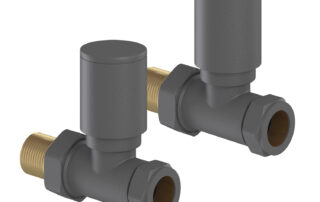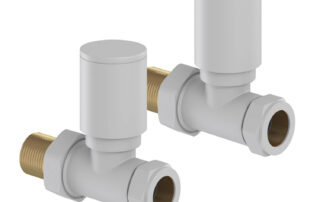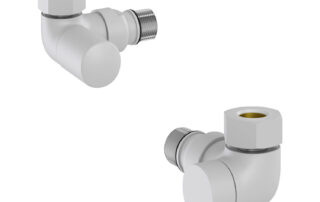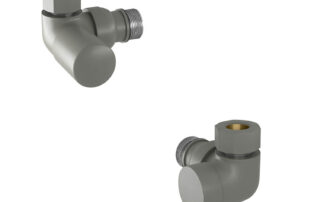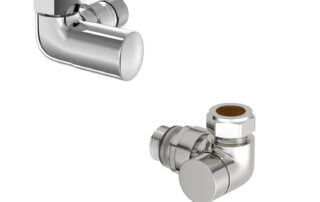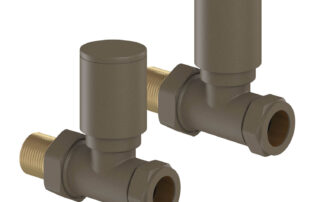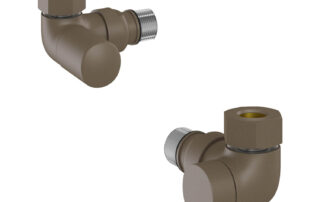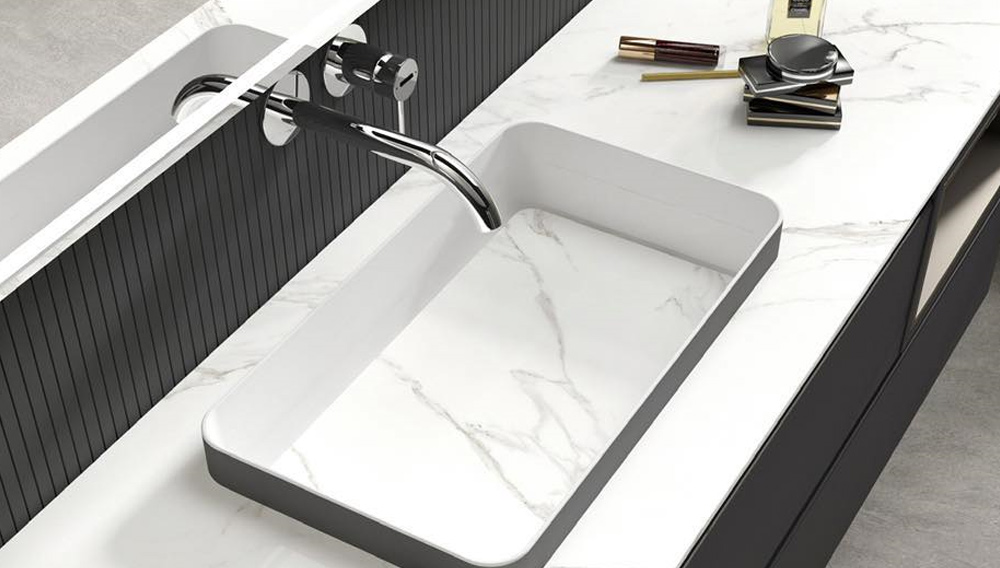Now you've chosen your radiator, which Valves do you need?
Why don’t Radiators come with valves supplied?
Radiators don’t come with valves because it’s better for you that they don’t. You not only need to choose which radiator valves you want because your pipework isn’t the same as everyone else’s, but neither is your taste in interior decoration. You get to choose exactly which radiator valves match: your radiator, the angle/direction of your pipework and of course, your room’s decor.
What does a Radiator Valve do?
Radiator valves control temperature and they always come in pairs. One is to adjust the water entering the radiator to adjust the temperature and the other to balance your system by affecting the amount of heat exiting the radiator.
In layman’s terms, they’re just little taps for your radiator and those taps are either referred to as manual or as thermostatic.
Manual Valve
Manual valves are the most common type and work similarly to taps, as you turn it on to allow central heating to pass into the radiator and when it is a sufficient temperature you can turn it off again.
It is a simple design but does mean that you need to keep an eye on your heating bill! As if you don’t turn them off they can ramp the heating bills up!
Thermostatic Radiator Valves
Thermostatic Radiator Valves or AKA TRV’s are the most practical type of radiator valve as you can adjust the temperature in each room to whatever you feel is comfortable. They regulate the flow of the central heating into the radaitor and will reduce this as the room heats up meaning it will help manage your heating bills!
Straight or Angled?
Straight Valves
Straight radiator valves are so called because inside these valves, the water flows ‘straight’ and is not directed, diverted or distributed at an angle.
They have no bends or curves and will usually connect from the floor horizontally, so if your pipework is run along the wall and directly into the radiator or perhaps straight up and out of the flooring, the best option would be straight valves.
Angled Valves
Angled Radiator Valves are the most common valve in the UK (alongside thermostatic) ans as the name suggests they connect to your radiator central heating pipes at an ‘angle’ generally around 90 degrees.
To make best use of this variation your pipework comes out of the wall at the back of the connections into the radiator.
This valve is becoming more popular from a design perspective as they are deemed to be more minimalist for instillation as less of the pipework is visible.

